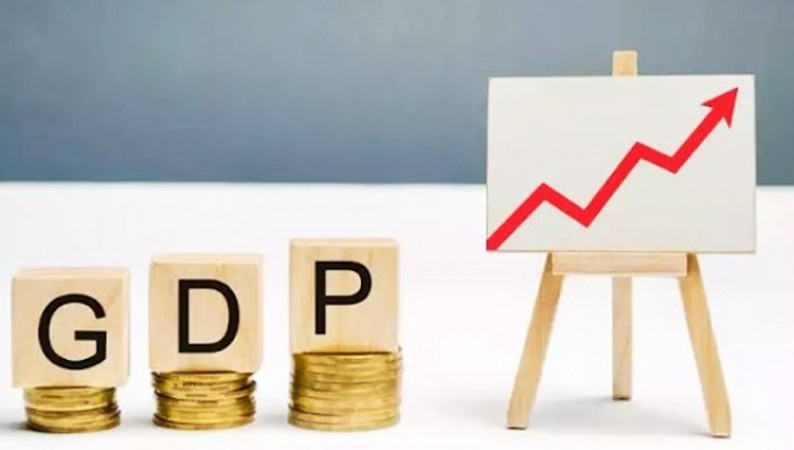
The investment and savings data for the previous ten years reveal some fascinating trends that the investment and savings data for the past decade reveals interesting points, that the potential growth of Indian economy (a global phenomenon) is now lower than earlier ‘From that point of view, future GDP growth rates even at 7% could still mean a decent number by any standards.
In reality, the research said that due to the recent budgets' emphasis on capital expenditure, the trends in the GCF to gross output ratio or the ploughing back of money for the development of new capacity suggest that the ratio for public administration reached a new peak in 2021–2022.
According to SBI Ecowrap, gross capital formation is anticipated to have reached its greatest level since 2018–19 in 2022–23, when it will have surpassed 32%.
Gross savings increased from 29% in 2020–21 to 30% in 2021–22. The ratio should have surpassed 31% in 2022–23, marking its highest level since 2018–19.
Due to rapid growth in financial savings, such as deposits, household savings expanded significantly during the pandemic period. Savings in tangible assets have increased significantly since that time, rising to 11.8% in 2021–22 from 10.7% in 2020–21, while household financial savings have since moderated from 15.4% in 2020–21 to 11.1% in 2022–23.
In terms of The Incremental Capital Output Ratio (ICOR) and GDP growth, a thorough examination by the research team reveals that the ratio has been improving. ICOR measures the additional unit of capital (investment) required to produce an additional unit of output. In FY22, ICOR, which was 7.5 in FY12, is just 3.5. Hence, just half of the capital is required for the subsequent unit of output.
According to SBI Ecowrap, this declining ICOR in recent years shows a relatively rising level of capital efficiency. The discussion of ICOR becomes pertinent and demonstrates the health of the economy.
Indian retail industry to reach USD 2 trillion by 2032
Centre saved USD27-Bn in schemes using DBT method: Ajay Seth
Finance Ministry monitoring expenses in March on Fiscal Deficit 2023